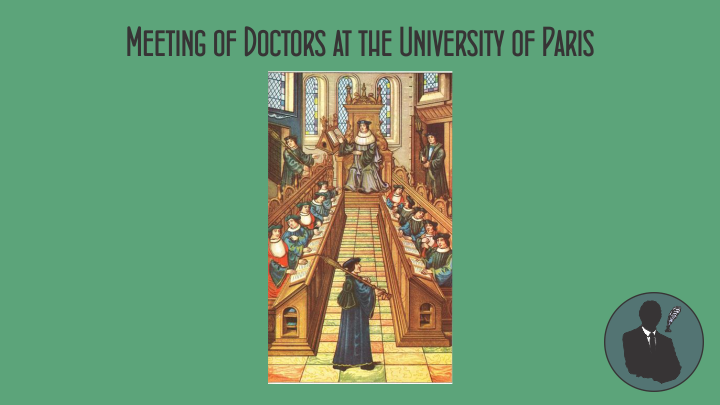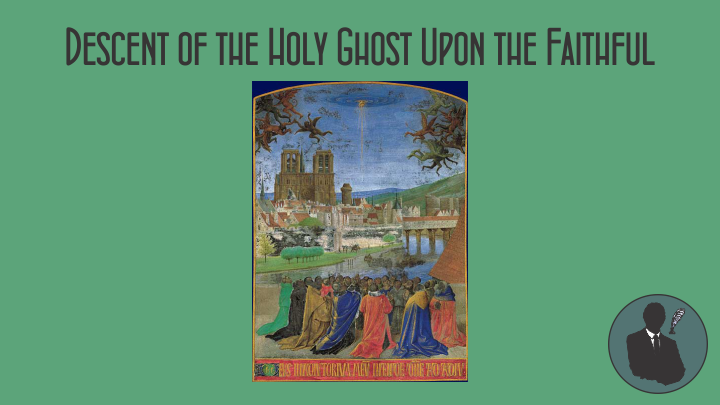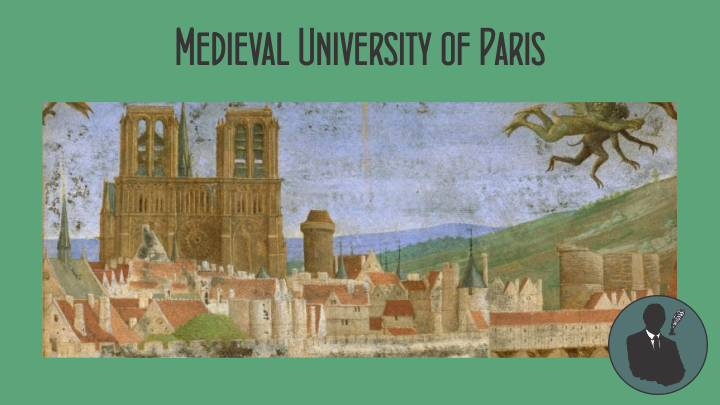——
#LudgerBedardConsultingPrivateDetective #LudgerBedard #AnneMarieBedard #NicolasFlamel #MedievalUniversity #Detective #Adventurer #Occult #Paranormal #Magic #Alchemy #3DAnimation
——
——
Meeting of Doctors at the University of Paris

——
Descent of the Holy Ghost Upon the Faithful

——
Anne-Marie is Ludger a polymath in knowledge covers a substantial number of subjects, known to take advantage of complex knowledge bodies to solve specific problems. Anne-Marie and Flamel is Ludger student attended the medieval university at different ages 8 if they were attending University of Paris. University Ludger studie took 3 years for a Master of Arts degree. Once a Master of Arts degree had been conferred, the Ludger student could leave the university or pursue further studies in one of the higher faculties medicine, the last one being the most prestigious Doctorate Degree.
Medieval University
A medieval university was a corporation organized during the Middle Ages for the purposes of higher education. The first Western European institutions generally considered to be universities were established in the Kingdom of Italy, the Kingdom of England, the Kingdom of France, the Kingdom of Spain, and the Kingdom of Portugal between the 11th and 15th centuries for the study of the arts and the higher disciplines of theology, law, and medicine. During the 14th century there was an increase in growth of universities and colleges around Europe.
The word universitas originally applied only to the scholastic guilds—that is, the corporation of students and masters—within the studium, and it was always modified, as universitas magistrorum, universitas scholarium, or universitas magistrorum et scholarium. Eventually, probably in the late 14th century, the term began to appear by itself to exclusively mean a self-regulating community of teachers and scholars recognized and sanctioned by civil or ecclesiastical authority.
Establishment
Among the earliest universities of this type were the University of Bologna (1088), University of Paris (1150), University of Oxford (1167), University of Modena (1175), University of Palencia (1208), University of Cambridge (1209), University of Salamanca (1218), University of Montpellier (1220), University of Padua (1222), University of Toulouse (1229), University of Orleans (1235), University of Siena (1240), University of Valladolid (1241) University of Northampton (1261), University of Coimbra (1288), University of Pisa (1343), Charles University in Prague (1348), Jagiellonian University (1364), University of Vienna (1365), Heidelberg University (1386) and the University of St Andrews (1413) begun as private corporations of teachers and their pupils.
Course of Study
University studies took six years for a Master of Arts degree. Studies for this were organized by the faculty of arts, where the seven liberal arts were taught: arithmetic, geometry, astronomy, music theory, grammar, logic, and rhetoric. All instruction was given in Latin and students were expected to converse in that language. The trivium comprised the three subjects that were taught first: grammar, logic, and rhetoric. The quadrivium consisted of arithmetic, geometry, music, and astronomy. The quadrivium was taught after the preparatory work of the trivium and would lead to the degree of Master of Arts. The curriculum came also to include the three Aristotelian philosophies: physics, metaphysics and moral philosophy.
Trivium
The trivium is the lower division of the seven liberal arts and comprises grammar, logic, and rhetoric. Grammar, logic, and rhetoric were essential to a classical education, as explained in Plato’s dialogues. The three subjects together were denoted by the word trivium during the Middle Ages, but the tradition of first learning those three subjects was established in ancient Greece.
Quadrivium
The quadrivium followed the preparatory work of the trivium, consisting of grammar, logic, and rhetoric. In turn, the quadrivium was considered the foundation for the study of philosophy and theology. The quadrivium was the upper division of the medieval education in the liberal arts, which comprised arithmetic (number in the abstract), geometry (number in space), music (number in time), and astronomy (number in space and time). Educationally, the trivium and the quadrivium imparted to the student the seven liberal arts (essential thinking skills) of classical antiquity.
Anne-Marie Bedard

